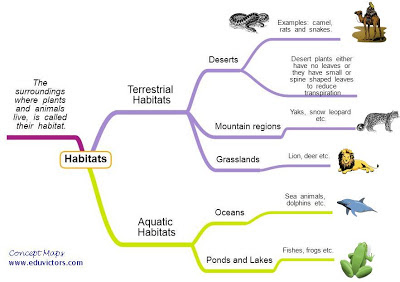Financial Markets
Very Short Q & A based on NCERT Chapter.
Q1: What is a financial market?
Answer: A financial market is a market for the creation and exchange of financial assets.
Q2: Does Financial contribute in any development?
Answer: Financial markets contribute to economic development.
Q3: Name the two major components of a financial market.
Answer: Money Market and Capital Market
Q4: What are financial assets?
Answer: Financial instruments or securities like shares, debentures, treasury bills etc. are considered to be financial assets.
Q5: What is a money market?
Answer: A money market refers to the market where borrowers and lenders exchange short-term funds to solve their liquidity needs.







